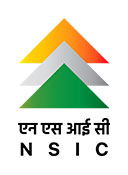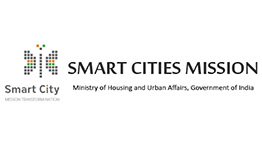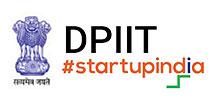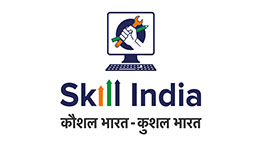About Us
Since its launch in 2015, Smart Cities India expo including Building & InfraTech India expo has developed into Asia’s largest trade fair and conference on this subject. The event is organised by the India Trade Promotion Organisation (ITPO) & Exhibitions India Group and is scheduled to be held at Pragati Maidan, New Delhi, from 23-25 March 2022. The expo will feature key verticals that make up the smart city framework of Smart Cities including Buildings, Cleanliness, Solar, Transport, Water, etc.
Sustainable Infrastructure is an integral part of the smart cities mission. Driving a nation’s social and economic development, cities are the centre of resource consumption. Today, as people moving towards urban areas, cities are facing the pressure to accommodate the growing population.
According to the United Nations (UN), the global urban population surpassed the global rural population in 2007, and it predicts that 70% of the world’s population will be urban by 2050, with many cities having more than 10 million inhabitants.
As the cities expand, it is imperative to invest in smart buildings and housing to enable smart cities of the future. Smart buildings are intelligent structures that significantly save time, energy and operating cost, with the help of smart technology and materials. It is estimated that smart buildings will save up to 30 percent of water consumption, 40 percent of energy consumption, and reduce the overall building maintenance costs by 10 to 30 percent.







